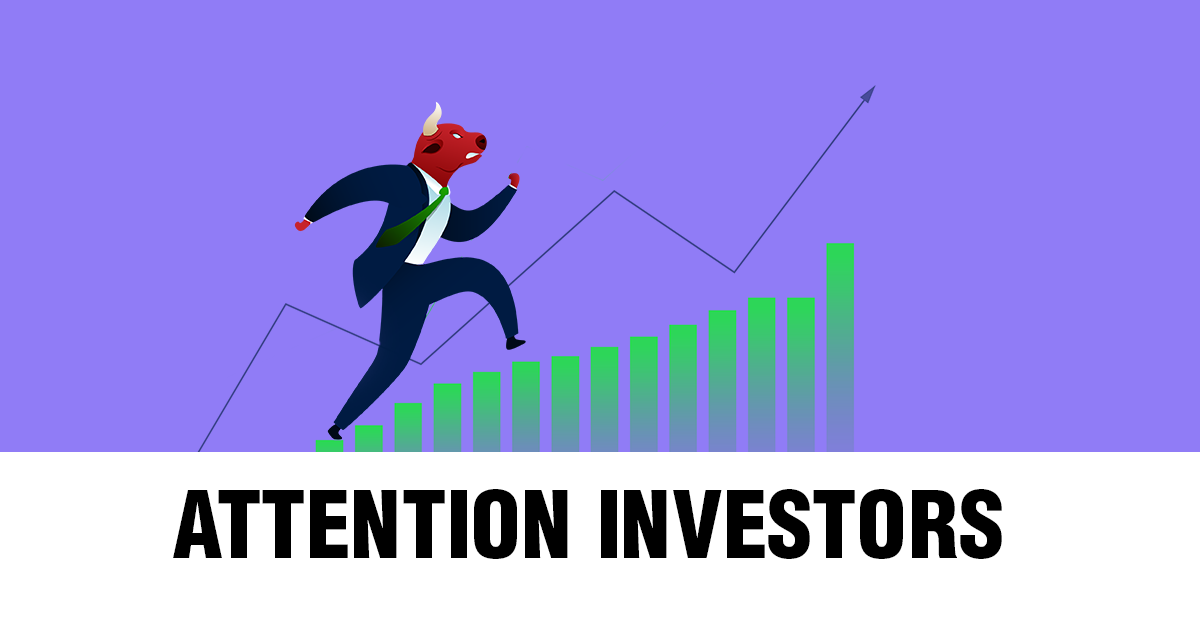How to Trade Volatile Markets Guide
Market Meditations | December 23, 2020

1️⃣ What is Volatility
Given that crypto is a relatively new asset class and the industry is still maturing, naturally there’s a lot of volatility, uncertainty, and speculation attached. It’s important to remember that this fact isn’t inherently good or bad. In fact, volatility can make you extremely wealthy and can be played to your advantage. It only takes a few bad plays, however, to be broke and be forced to start again from scratch. Let’s take the following example: You lose 90% of your account on a series of bad trades in a period of high volatility. Now, you need to 10x your portfolio to get back to where you started. This doesn’t even take into account the emotional and psychological toll this type of loss has. Therefore, whilst volatility is lucrative, it can also be detrimental if not managed properly and needs to be approached with extreme caution. Remember, we’re not trying to succeed for just one or two years. Rather we’re looking to build wealth over ten, twenty, thirty years and pass it down to future generations.
2️⃣ Knowing When to Enter A Volatile Market
Ask yourself, when it comes to crypto do you understand the market you’re entering? Crypto is extremely volatile and within crypto itself there is more and less relative risk based on what you’re trading. It’s not uncommon for a few lower cap altcoins, for example, to lose more than 90% of their value in hours. Again, it’s not inherently bad to trade such altcoins as long as you understand the risk that’s associated with it. When you understand the market of the asset you’re trading or investing in, you can calibrate your expectations and risk accordingly. As an example, you can’t put 90% of your portfolio into an altcoin without expecting possible downside swings of 30%. If you’re not prepared for this, you won’t emotionally be capable of handling the volatility. The key takeaway here is to research as much as you can. Zoom out on the chart and look at how the asset behaves over the course of its history. If you’re curious about how I find the best altcoins to daytrade, check out my YouTube video here.
3️⃣ Having A Trading System
Before entering volatile markets, develop a proven system. Perhaps you recognize, for example, that dollar cost averaging is the best strategy for you since you’re aware of the information that most markets including but not limited to the stock market, real estate, and cryptocurrency from the data we have trend up over time. Or perhaps you understand that rebalancing is a time tested approach to protect your gains so you begin to manage your portfolio in this way. The point we’re making here is that you need to create and leverage a proven system. Check out our FREE guide to see how you can begin leveraging passive income strategies to build wealth. Short term traders need to beeven more meticulous by keeping records of all their trades, leveraging data from backtesting, and even forward testing at times. Following these steps is how you stop gambling and begin profiting.
4️⃣ Maintaining a Long Time Horizon
One of the least stressful ways of handling volatility is by increasing your time horizon. In fact, you could enter a volatile market and ignore the short-term fluctuations by doing so which will allow you to prosper financially, psychologically, and emotionally. You’re happier, spend less time looking at charts, and end up making more money. One effective thing you can do if you’re investing over the long term is strengthen the conviction you have in the assets you’re investing in. Whether that’s Bitcoin, stock market, or property, research the asset and asset class thoroughly to the point where you can argue the good and the bad. It’s critical you take both sides into account before you form a complete thesis. Your conviction will act as a means of handling the volatility and will allow you to hold through big swings. Make sure to check out Part I and Part II of our Fundamental Analysis guide to kickstart your research. Of course, this research is not a substitute for a proper risk management strategy.
5️⃣ How to Trade Volatility
For scalpers and daytraders who want to take advantage of volatility, make sure you have an edge in the market. You can develop this edge, candidly, by putting in thousands of hours of looking at charts, backtesting strategies, and formulating different systems. Once you do this, volatility will be a blessing to trade, but ignoring this step is how you can blow your account. Moreover, ensure that your trading system has been tested specifically for the market conditions you’re trading in real time. Just because your system works at one point does not indicate it will work at another. Finally, be aware of position sizing as scalpers and daytraders often fall prey to slippage during highly volatile markets. Take this into account when developing your risk management and take profit plan. Check out our FREE Risk Management course to begin creating your strategy.
Conclusion
Trading volatile markets is not for everyone. The best thing you can do is be honest with yourself. Choose a strategy you’ve backtested for volatile market conditions and one that fits within your risk tolerance, financial goals, and time horizon. We know traders who have succeeded leveraging a diverse array of strategies. You simply need to find the right strategy for you. If you want to learn more about Koroush’s journey, check out our YouTube video, “How I Became a PROFITABLE Day Trader in 1 Year.”

